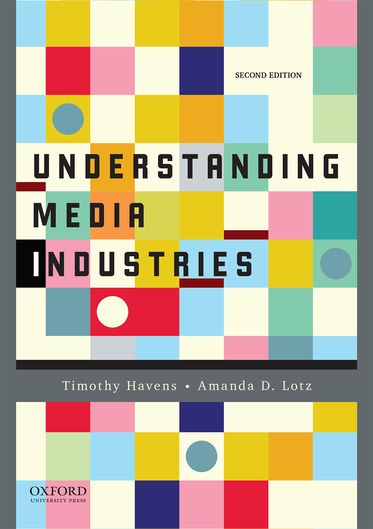Understanding Media Industries

Understanding Media Industries
|
ISBN: |
9780190215323 |
|
Binding: |
Paperback |
|
Published: |
15 Jan 2016 |
|
Availability: |
18
|
|
Series: |
$119.95 AUD
$132.99 NZD
Add To Cart Request an inspection copyDescription
Contents
Authors
Timothy Havens , University of Iowa
Amanda Lotz , University of Michigan
Timothy Havens is a professor in the Department of Communication Studies and in the Program in African American Studies at the University of Iowa. Amanda D. Lotz is an associate professor of Communication Studies at the University of Michigan.
Reviews
"This is the best book available for teaching media industries studies. Additionally, it has many of the specific details and examples that are difficult to remember off the top of your head in a lecture." - Ethan Tussey, Georgia State University
"Understanding Media Industries is a comprehensive, readable, and accessible text for teaching students how to thoughtfully and productively analyze the operations of media industries and how those operations shape media content. It is rich with examples, usefully explained vocabulary, and great teaching materials."--Erin Copple Smith, Austin College
"I would highly recommend using Understanding Media Industries in your course because that book shows the historical, cultural, and economic factors that influence the intricate process of producing texts in the media industries. It has great a great framework and vocabulary to help students write about the production of texts, excellent questions in the back of chapters you can pose to them, and addresses the production side of the industry enough to keep the vast number of students from the major engaged that want to make their own films." - Max Hohner, Arizona State University
"This is a substantial, authoritative, and eminently readable/teachable text which generally does a good job of identifying critical issues in media practices, and their origins in history, economics, and technology." - Stuart Moulthrop, University of Wisconsin-Milwaukee
"Havens and Lotz have their fingers on the pulse of the media industry."--Vicki Mayer, Tulane University